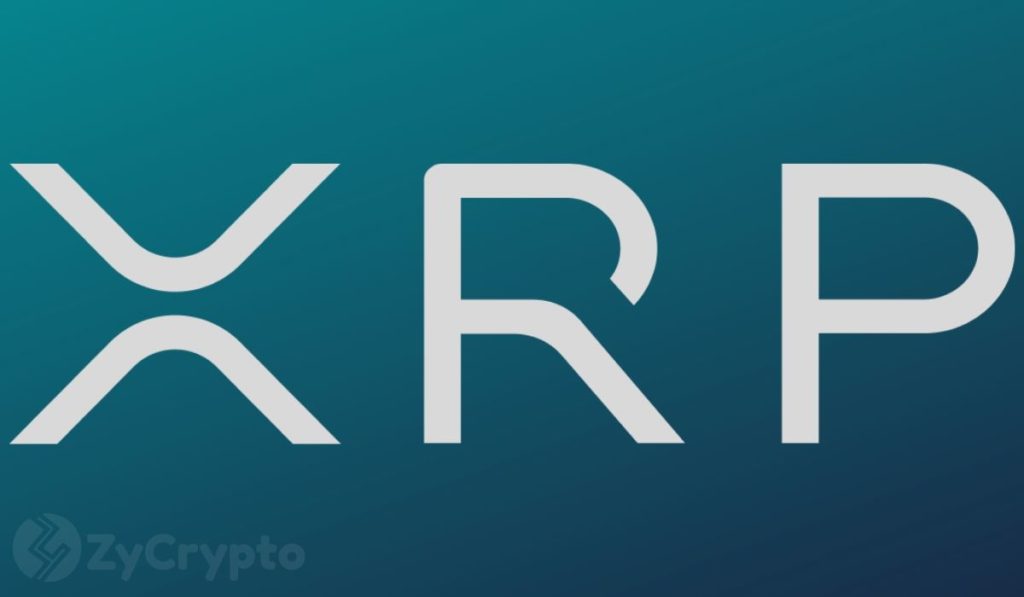
Ripple’s XRP ever since it hit its all-time high, a little over $3, has failed to make any vital impact on the crypto market. The potential behind the coin has seen investors and experts demand more from it but that hasn’t been the case. With some horrid performances these past few months, many crypto players feel the coin might be a long way from replicating the form of its glory days.
The last time XRP traded at $1 was on February 1, 2018, and has since not returned to that feat. Ripple has seen many developments that were meant to push the price of XRP forward but haven’t been able to achieve that yet.
XRP’s price inability to climb back up to $1 has been linked to several reasons over the years, with experts and investors riding along with different notions surrounding XRP’s misfortunes. This writing underlines three of the reasons why XRP’s price hasn’t returned to $1 despite the numerous efforts.
1. XRP still in the “Proving Phase or Stage”
XRP might be the third-largest cryptocurrency in the market with a whole lot of partnerships with reputable firms but that doesn’t prove that the coin has been widely received by the crypto market. XRP is still deemed inferior to many digital coins in the market such as Bitcoin because of the real and scalable identity it has built over the years.
Investors would rather gamble on Bitcoin, regardless of the market’s volatility because of its established status. The number of large clients attracted by Bitcoin further attest to its status and if the digital asset manages to prove itself or snap out of the proving phase and establishes a “real and scalable use case”, the number of its buyers will go above the number of its sellers, causing the price to rise.
2. Legal Clarification on XRP security issue
XRP’s parent company Ripple has been locked in an open-ended class-action lawsuit since 2018. During that time, some XRP investors and holders filed series of lawsuits against the company arguing that XRP is a security and that Ripple, its subsidiary XRP II, and Ripple’s CEO Brad Garlinghouse, together with others issued and sold XRP as unregistered security, therefore, breaking the law and demanded a refund for anyone who purchased XRP.
XRP has however racked sufficient evidence to suggest that it meets all four requirements of the Howey Test (The American gold standard for determining whether a particular asset, digital or otherwise, is a security) including its transactions, which does not have to provide rights to equity to be classified as a security. Ripple is currently facing just one, consolidated class-action lawsuit after seeing a number of them dropped by investors.
This fact still has many newbies on edge with investing in the cryptocurrency and would rather opt for a much ‘safer’ digital coin on the market.
3. Adoption and Mainstream Competition
As of August last year, Ripple, the parent company of XRP controlled a vast amount of the total 100 billion supply of XRP which was locked away in escrow. The fact that Ripple has such predominance has many in the crypto space believe that it could also be controlling its price and saw it fall short to other major cryptocurrencies and also drove wannabe investors away.
This has also affected the adoption rate of XRP with the digital coin lacking behind its rivals in the crypto market. Despite its growing dominance in the online payment business, XRP is still failing to cope with other cryptocurrencies in the market and this fierce competition which has seen other teams behind various digital coins vigorously working to see their coin make it to the top seems to be a bit much for the coin at the moment.





















